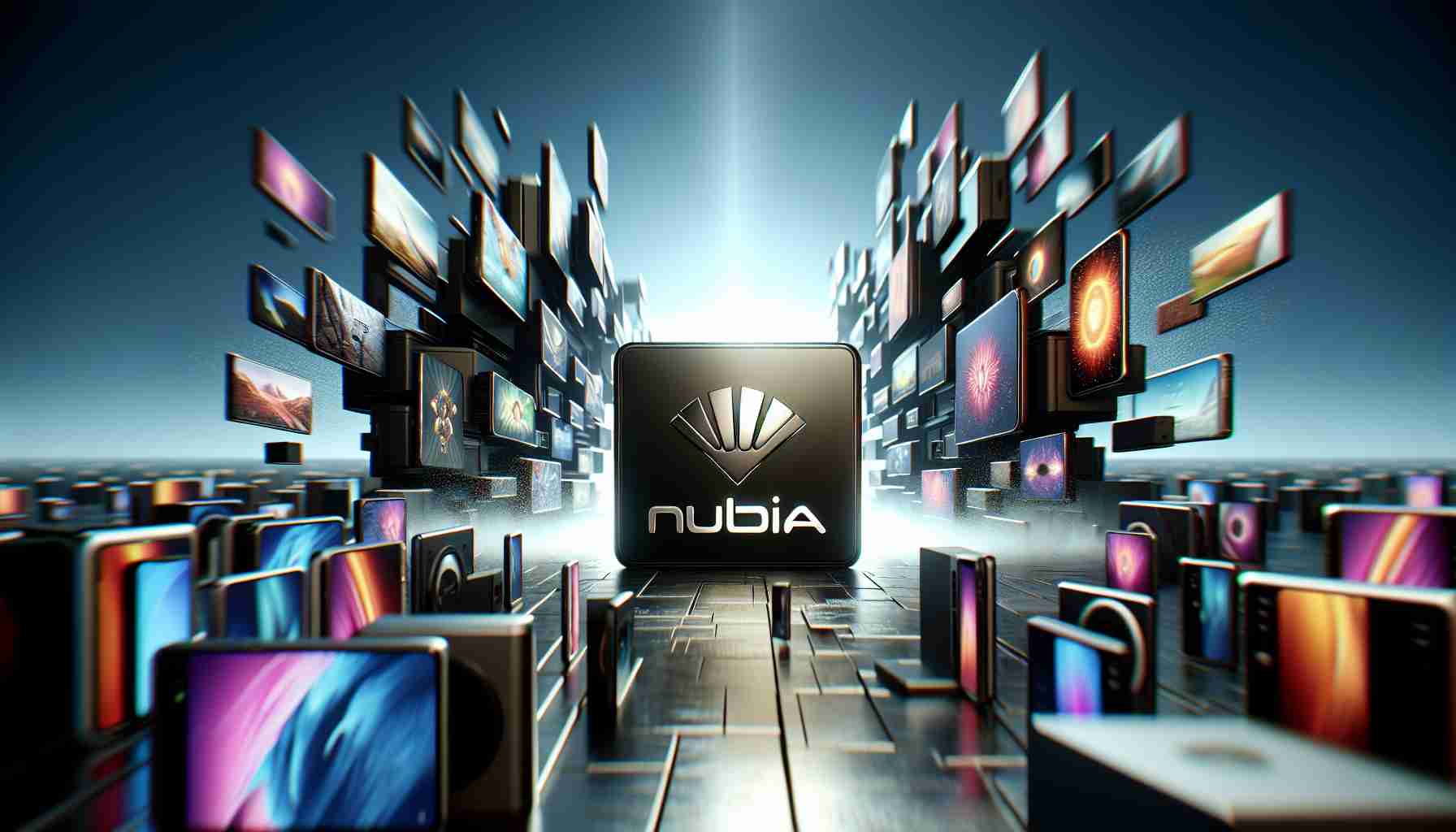Nubia, best known for its high-end smartphones and gaming devices, has taken a leap into the foldable phone market. The company’s debut in this innovative niche is marked by the release of the Nubia Flip 5G, a device poised to disrupt the status quo of foldable phones. Unlike other brands that often start with larger devices, Nubia has set its sights on the flip phone category, directly challenging established players by offering an appealing price point—a strategy reminiscent of Motorola’s approach to the market.
Fans of foldable phones have long been clamoring for cheaper alternatives to Samsung’s Z Flip series. In this context, the new Nubia Flip 5G has emerged as a serious contender. While maintaining affordability, the Nubia Flip 5G is Nubia’s competitive answer to those who are hesitant to spend on the pricier options available.
Despite its cost-effectiveness, one wonders what trade-offs might come with a more wallet-friendly foldable phone. After extensive testing, it’s clear that the Nubia Flip 5G walks the line between value and performance with its robust set of features and specifications.
The device premiered at the Mobile World Congress in February 2024 and quickly went on sale in April. Available in a variety of shades, including Cosmic Black, Sunshine Gold, and Flowing Lilac, the Nubia Flip 5G offers two configurations. The base model, with 8GB of RAM and 256GB of storage, starts at a reasonable $499, while the larger 12GB+512GB model is priced at $699. Though not available through mainstream retailers, the phone can be directly purchased unlocked from Nubia.
What sets the Nubia Flip 5G apart is not just its affordability but also its striking design and build quality. Its aluminum alloy frame and glass-covered back panels add a touch of elegance and robustness. The flip phone is equipped with a circular housing for the camera and external display, giving it a distinctive and premium vibe. Despite the compact nature of flip phones, the device manages to remain stylish and sleek without sacrificing functionality.
Featuring a large 6.9-inch internal OLED screen with a 120Hz refresh rate, the viewing experience is impressive. Internally, it is powered by the reliable Snapdragon 7 Gen 1 chipset, capable of delivering efficient performance across tasks from casual browsing to gaming at intense settings.
The primary camera comes with a 50MP sensor that captures vivid, sharp images in well-lit conditions, challenging preconceived notions about the photographic capabilities of budget-friendly foldables. Even though it’s not without flaws, the phone’s camera system performs admirably for its price category.
As foldable phones continue to evolve, the Nubia Flip 5G stands as a testament to the advancement in smartphone technology, proving that it’s possible to produce a capable and appealing foldable phone without breaking the bank.
Key Questions and Answers:
1. What does Nubia’s entry into the foldable phone market signify for the industry?
Nubia’s entry into the foldable market indicates that the foldable phone market is expanding and that more manufacturers see potential in investing in this technology. It also signifies increased competition which could lead to more innovation and more affordable options for consumers.
2. How does the Nubia Flip 5G compare to its competitors?
The Nubia Flip 5G positions itself as an affordable alternative with a distinctive design and a decent set of features. While it may not match the flagship specs of more expensive rivals like the Samsung Galaxy Z Flip, it challenges them on price and value for money.
3. What are the potential challenges or controversies associated with foldable phones?
The main challenges associated with foldable phones are durability concerns, including the longevity of the folding mechanism and the display’s resistance to wear and tear. Additionally, the high cost of repair and limited third-party accessory support can be contentious points.
Key Challenges or Controversies:
– Durability: Concerns about the screen’s ability to withstand repeated folding and unfolding are crucial.
– Repair Costs: The specialized hardware of foldable devices typically comes with higher repair costs.
– Market Adoption: Convincing consumers to switch from traditional smartphones to foldable ones can be challenging.
Advantages and Disadvantages:
Advantages:
– Portability: Foldable design makes it more compact and easier to carry.
– Unique Design: Striking aesthetics can appeal to users desiring differentiation.
– Affordability: Its lower price point makes foldable technology accessible to a broader audience.
Disadvantages:
– Durability Concerns: The foldable display and hinge mechanism may be susceptible to damage over time.
– Performance Trade-offs: To keep costs down, certain specs and features may not match those of premium foldable phones.
If you are interested in the latest foldable phone technology and the evolving smartphone market, you might want to visit websites of key players in the industry for more information:
– Samsung for the Galaxy Z series foldables.
– Motorola for their iteration of foldable phones.
– Huawei for their Mate X foldable phones.
– Nubia to learn more directly about the Nubia Flip 5G and other devices they offer (Note: Always check the validity of the URL for up-to-date information).
Please note the format used for placing links is a general guideline and does not guarantee that the links are functional. Always verify the URL before visiting.
The source of the article is from the blog tvbzorg.com
